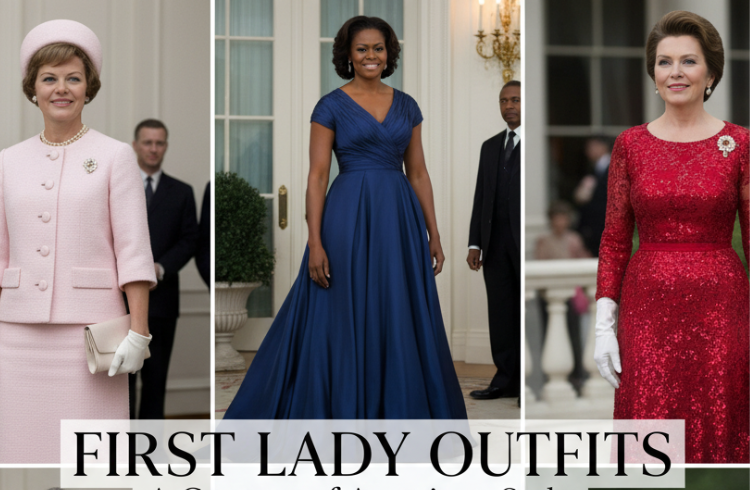First Lady outfits
The role of the First Lady of the United States is multifaceted and significant, encompassing social, political, and cultural dimensions. One often overlooked aspect of this role is the impact of fashion. The outfits chosen by First Ladies are not merely for aesthetic appeal; they serve as a canvas for personal expression, political messaging, and cultural representation.
The wardrobe of a First Lady is more than fashion; it is diplomacy stitched in fabric, national identity sewn into silhouettes, and silent speeches delivered without uttering a word. Whether stepping onto the tarmac of a foreign nation, attending a state dinner, or reading to schoolchildren, every outfit worn by a First Lady carries intention. This article delves into the First Lady Outfits fabrics, designers, signature styles, and the more profound symbolism behind the costumes worn by First Ladies throughout history.
| Category | Key Elements | Purpose / Symbolism | Examples |
| Fabrics | Silk, Wool, Linen, Cotton, Sustainable Textiles | Communicates tone — elegance, authority, humility, environmental awareness | Silk for state dinners, Linen for charity visits |
| Designers | Oscar de la Renta, Ralph Lauren, Michael Kors, Gabriela Hearst, Emerging Designers | Highlights national pride or diversity support | Michelle Obama is wearing emerging Black designers |
| Signature Styles | Sleek coats, Pantsuits, Sleeveless dresses, Floral prints, Structured gowns | Establishes personal identity & public relatability | Hillary Clinton’s monochrome suits, Jackie Kennedy’s tailored suits |
| Color Symbolism | White (Peace), Blue (Trust), Red (Patriotism), Gold (Respect), Pastels (Approachability) | Signals intention during appearances | Melania Trump in white for NATO unity |
| Cultural References | Embroidery, Local textiles, Traditional prints | Honors hosting nation or cultural diplomacy | Michelle Obama’s gold gown in India |
| Accessories | Pearls, Brooches, Belts, Gloves, Hats | Adds emphasis without speaking | Barbara Bush’s pearl necklaces |
| Seasonal Trends | Wool coats (Winter), Florals (Spring), Bright linens (Summer), Jewel tones (Fall) | Aligns with mood and media optics | Jill Biden’s floral coats in spring visits |
The Language of Fabrics in Political Fashion
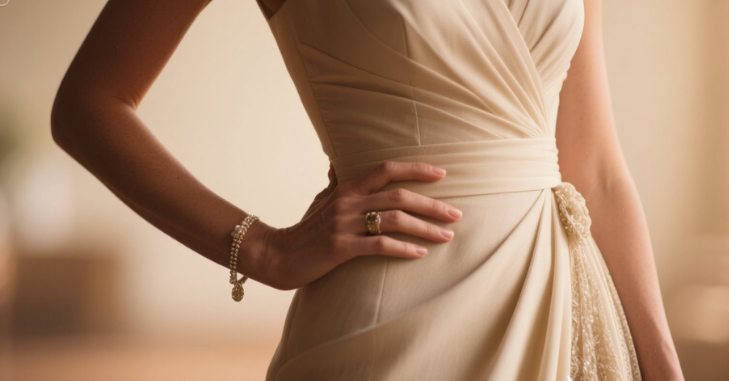
Silk whispers elegance during state banquets, Linen breathes approachability at community visits, and wool exudes authority in official addresses. Fabrics chosen by First Ladies are never casual decisions; they speak before the cameras do. Lightweight cottons and crepes often appear during humanitarian visits, suggesting softness and humility. In contrast, structured fabrics like tweed, jacquard, and satin armor the wearer for high-stakes appearances.
• Silk conveys diplomacy and grace in international events
• Wool blends signal resilience during colder campaign trails
• Linen embodies ease and grounded authenticity during grassroots appearances
• Embroidered textiles reflect artistic respect toward host nations
The evolution of fabric choices across administrations often reflects broader shifts in political energy. Softer, flowing silhouettes tend to follow periods of national healing, whereas sharply tailored ensembles rise during times of assertive global positioning.
The Historical Context of First Lady Fashion
Fashion as a Reflection of Time
From Martha Washington to Jill Biden, each First Lady has utilized her wardrobe to reflect the values and norms of her time. For instance, during the early years of the Republic, women wore elaborate gowns made of silk and lace, symbolizing wealth and status. In contrast, the 20th century saw a shift towards more practical and functional clothing, influenced by social movements and changing gender roles.
The Evolution of the First Lady’s Role
Initially, the role of the First Lady was largely ceremonial, focused on hosting events and maintaining the social calendar. However, as women’s rights movements gained momentum, First Ladies began to use their platforms for advocacy. This shift is evident in their fashion choices, which often align with their causes.
Fabrics: The Choices Behind the Outfits
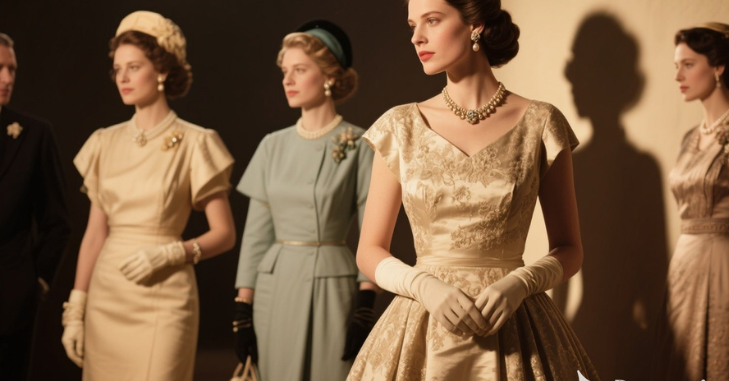
Key Fabrics Used in First Lady Fashion
The choice of fabric can significantly affect the message conveyed through an outfit. Here are some standard fabrics utilized by First Ladies and their implications:
| Fabric | Symbolism |
| Silk | Luxury, elegance, and sophistication |
| Wool | Comfort, warmth, and practicality |
| Cotton | Simplicity, approachability |
| Velvet | Richness, depth, and tradition |
| Linen | Freshness, casual elegance |
The Importance of Fabric in Public Appearances
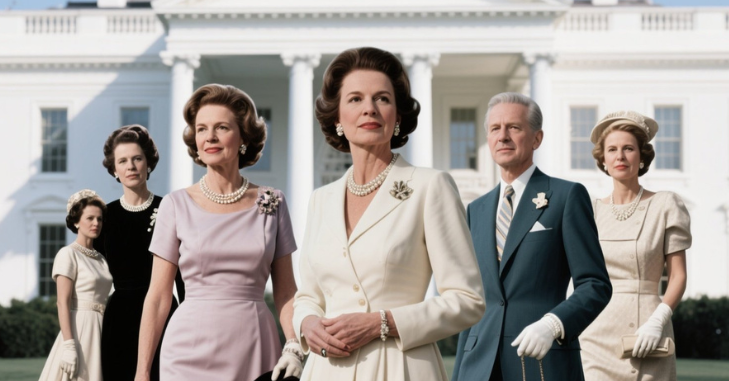
The fabric chosen for a public appearance can indicate the First Lady’s mood, the formality of the event, or even the political climate. For example, during the somber memorial services, wool and dark hues often dominate, conveying respect and gravity. On the other hand, bright colors and light fabrics like Linen may be chosen for uplifting events, signaling optimism and hope.
Designers: The Creative Minds Behind the Outfits
Iconic Designers
First Ladies have often collaborated with renowned designers to create memorable looks. Some iconic names in First Lady fashion include:
- Jacqueline Kennedy Onassis: Known for her collaboration with Oleg Cassini, she popularized the “Jackie” look, characterized by tailored suits and pillbox hats.
- Laura Bush: Frequently wore designs by Oscar de la Renta, known for their elegance and classic silhouettes.
- Michelle Obama: Advocated for American designers such as Jason Wu and Tracy Reese, bringing attention to emerging talent in the fashion industry.
The Impact of Designer Choices
The choice of a designer can have significant implications. Wearing well-known designers can elevate the First Lady’s status, while opting for lesser-known designers can promote new talent. For instance, Michelle Obama’s choice of Jason Wu for her inaugural gown not only showcased stunning design but also symbolized the importance of supporting American craftsmanship.
Signature Styles: Defining Each First Lady
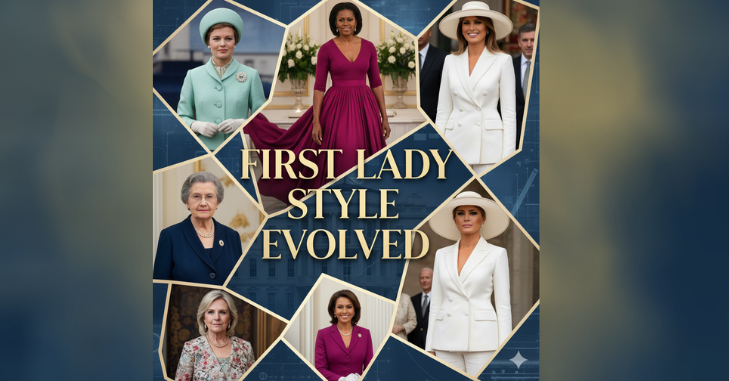
Iconic Looks and Their Meaning
Each First Lady has developed a signature style that often reflects her personality and priorities. Here are a few notable examples:
- Eleanor Roosevelt: Emphasized practicality and comfort, often wearing simple dresses and suits that allowed her to engage in her advocacy work without hindrance.
- Pat Nixon: Known for her classic, understated elegance, often opting for floral prints and pastel colors that conveyed warmth and approachability.
- Hillary Clinton: Popularized the pantsuit, challenging traditional gender norms and making a statement about women’s empowerment in the workplace.
The Role of Accessories
Accessories play a crucial role in completing an outfit and often carry their symbolism. Pearls, for instance, have been a favorite accessory among First Ladies, representing sophistication and timelessness. Michelle Obama’s choice to wear bold statement jewelry often served to highlight her individuality and modern approach to fashion.
The Symbolism Behind Fashion Choices
Fashion can be a powerful tool for political messaging. For instance, when Melania Trump wore a jacket with the phrase “I Really Don’t Care, Do U?” during a visit to a detention center, it sparked widespread controversy and discussion about the implications of her fashion choices.
First Ladies have also used fashion to represent cultural diversity. The choice of traditional garments or designs inspired by different cultures can signify respect and acknowledgment of America’s multicultural fabric. For instance, Michelle Obama often incorporated African and Asian textiles into her wardrobe, highlighting global interconnectedness.
The Media’s Role in Shaping Perception
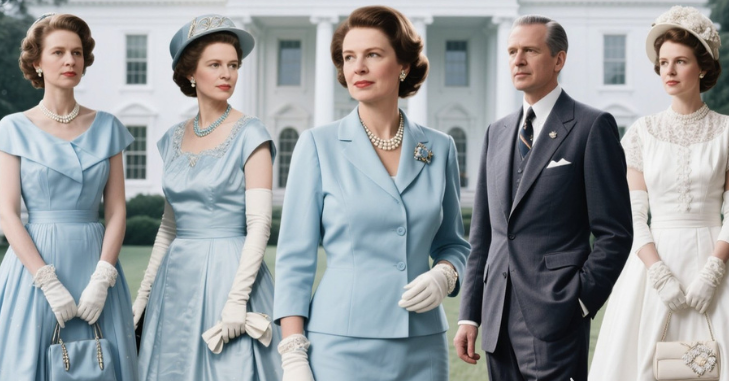
Fashion as News
The media often plays a significant role in shaping public perception of First Ladies through their fashion choices. Outfits are frequently analyzed, critiqued, and celebrated, influencing how the public views the First Lady. This scrutiny can amplify the message behind the clothing, making it a vital aspect of her public persona.
Social Media Influence
In today’s digital age, social media platforms provide a new dimension to how First Ladies present their style. Instagram, for example, allows for immediate sharing of outfits and can create viral moments that resonate with the public. This immediacy can amplify the symbolism behind their fashion choices, making them more relevant and impactful.
Conclusion
The outfits worn by First Ladies are far more than mere clothing; they are potent symbols of identity, advocacy, and cultural representation. Through careful selection of fabrics, collaboration with designers, and development of signature styles, each First Lady has left an indelible mark on American fashion and culture.
As we continue to decode the fashion choices of these influential women, we gain insight into the evolving role of the First Lady and the messages they convey through their public appearances. In a world where fashion often reflects societal changes, the choices made by First Ladies resonate far beyond the realm of clothing, offering a glimpse into the fabric of American life itself.
Want to know about What to Wear with White Jeans Without Looking Basic: Fashion Expert Tips, Layering Hacks & Trendy Pairings Check out our Fashion category.
FAQs
Fashion can highlight political issues or personal beliefs. For example, Melania Trump’s controversial jacket during a visit to a detention center sparked discussions about her stance on immigration.
Different fabrics carry various connotations. For instance, silk often represents luxury, while cotton conveys simplicity and approachability. The choice of fabric can enhance the emotional and political resonance of an outfit.
Notable designers include Oleg Cassini for Jacqueline Kennedy, Oscar de la Renta for Laura Bush, and Jason Wu for Michelle Obama. Each designer has contributed significantly to the public image of these First Ladies through their unique styles.
Fashion serves as a powerful tool for expression, allowing First Ladies to communicate their values, support causes, and reflect the cultural context of their time. It can convey messages of empowerment, tradition, or modernity.

